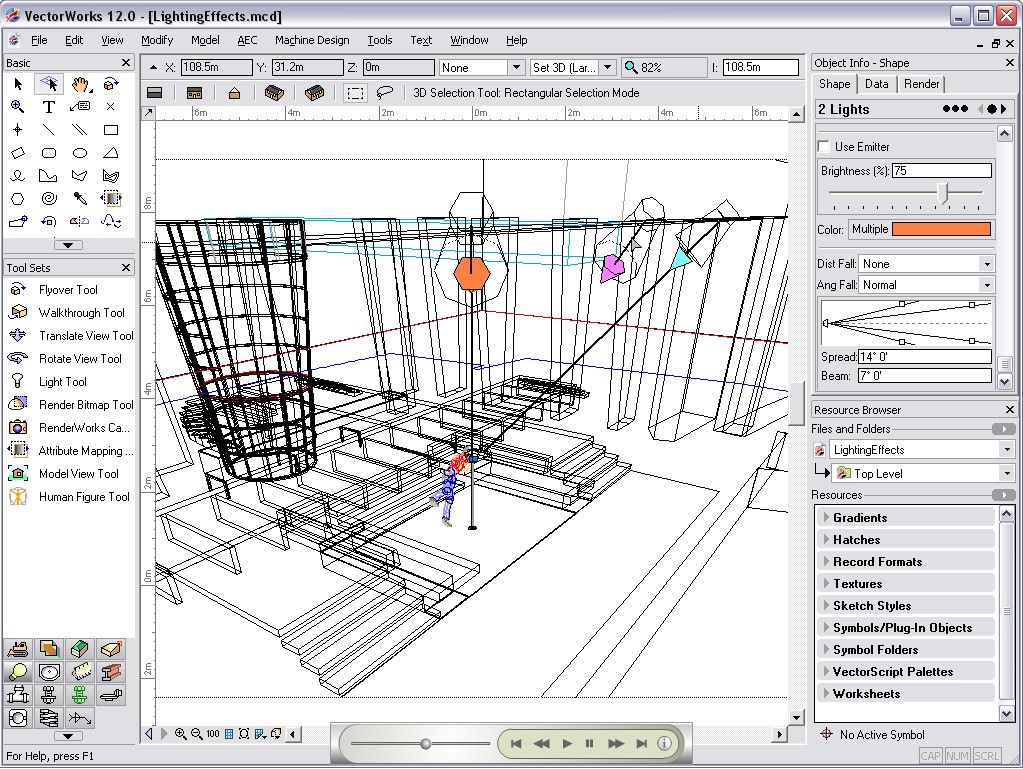


DIGITAL STAGE LIGHTING DESIGN PROFESSIONAL
In this paper, we describe an exploratory lighting design tool based on feedback from professional designers. However, modern stages contain tens to hundreds of lights, and setting each light source's parameters individually to realize an idea is both tedious and requires expert skill. Then, they experiment with various lighting options to determine which ideas work best on stage. Designers often begin the lighting design process by collecting reference visual imagery that captures different aspects of their artistic intent. A lighting designer is responsible for drawing the audience's attention to a specific part of the stage, setting time of day, creating a mood, and conveying emotions. Performance ticket holders who do not comply with these policies will not be admitted.Lighting is a critical element of theater. Ticket purchasers are responsible for communicating these rules to whomever they provide tickets. Masks are required at all times for all patrons and visitors regardless of vaccination status in all indoor spaces at the Kennedy Center.
DIGITAL STAGE LIGHTING DESIGN FULL
Please see the full COVID safety plan for more information on what is accepted. Unvaccinated children under 12 years of age and patrons with a medical condition or a closely-held religious belief that prevents vaccination, must provide either proof of a negative COVID-19 PCR test conducted no more than 72 hours prior to attending an indoor performance, or proof of a professionally administered Antigen test conducted no more than 6 hours prior to attending an indoor performance. Proof of full vaccination against COVID-19 and a valid photo ID are required to attend all indoor performances and events at the Kennedy Center. To ensure our patrons’ health and security, as well as the safety of our performers and staff, the Kennedy Center has implemented the following policy:


PATRON ADVISORY Vaccination and Mask Policy Earthrise was performed “in the round.” Alberto also refers to the Earthrise set design as “environmental set design,” which “encapsulates the actors and the audience.” In other words, the audience is surrounded by the set on all sides and becomes part of the larger environment. Theater in the Round: A form of theatrical presentation where the stage is in the center and the audience is seated around it on at least three sides. This means the projection image will be reversed from the point of view of the audience (all data projectors have a setting to flip or mirror the image). Rear Projection / Back Projection: The projector is behind the projection surface.This results in a bright image, but means that actors standing directly in front of the screen may cast a shadow on the screen. Front Projection: Where the projector(s) are in front of the projection surface or screen, between the screen and the audience.There are two types of projections most typically used in theatrical design: Projection: A theatrical design element where images, videos, and graphics are displayed on the stage through the use of projectors and screens. The script for a musical is divided into two parts: the “book,” which includes everything the characters say to each other, and the “score,” which contains just the music and song lyrics. The time period during technical rehearsals when designers and stage hands devote time just to adjusting the lighting equipment so that they meet the lighting designer’s specifications.īook Scenes: This term is used in musicals to describe scenes that contain only dialogue, no singing.How the lighting unit is positioned, so that the light hits the stage from the direction the designer wants, and in the right spot.The word “cue” is also used interchangeably with look/state/picture to reference the preprogrammed/built lighting world for a specific moment in the show.įocus: In a theatrical context, the word “focus can have three meanings: Lighting cues can tell the lighting units to get brighter, dimmer, change colors, or in the case of moving lights, change position on the stage. Cue: An instruction for the lights to change, usually run through a computerized board.


 0 kommentar(er)
0 kommentar(er)
